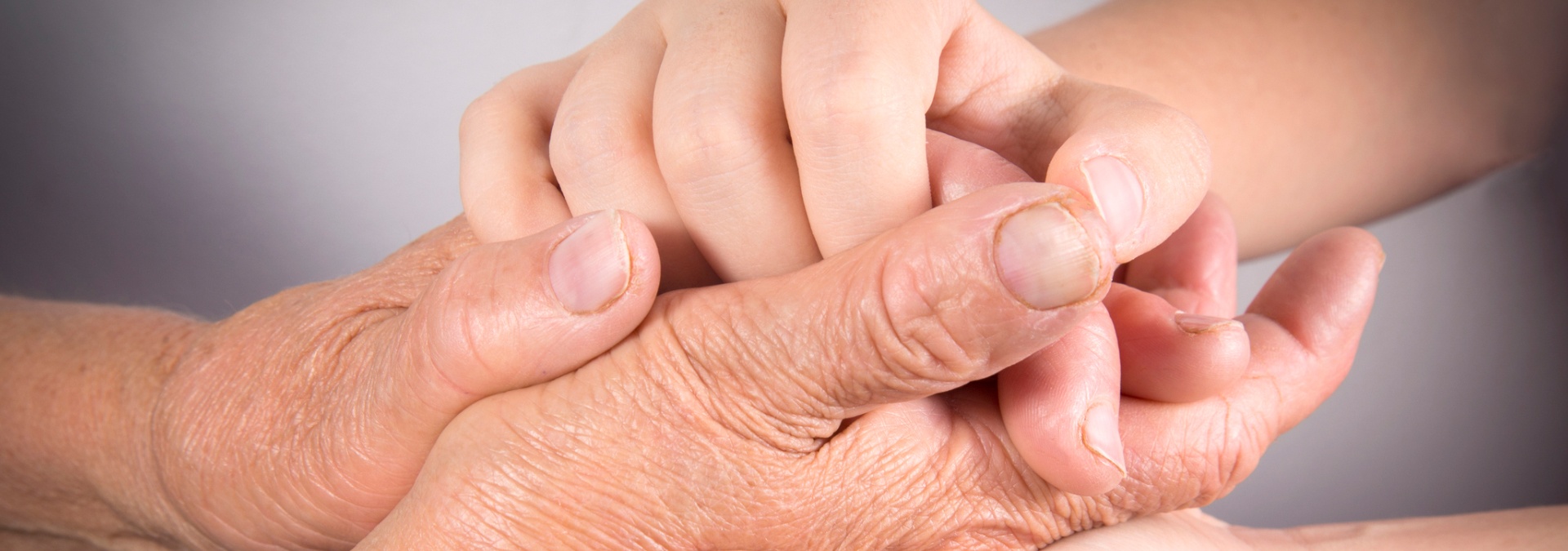Knuckle Cracking: To Crack or Not to Crack

It is incredible to think we are in March when it seems we were only yesterday getting ready for the festive season. I hope you have all been well and enjoyed some relaxing time. It is often during those ‘down’ times at parties or get togethers, which I am sure many of you can relate to, that I get asked about all sorts of musculoskeletal issues.
A common concern this summer was the deleterious effects of knuckle cracking, as a few of my friends and family complained about their spouse and / or child doing this on an annoyingly regular basis. Interestingly, the culprits of knuckle cracking didn’t seem to harbour the same concerns, which as a secret mild knuckle cracker myself, I can understand.
Whilst normally I would simply smile sweetly and provide some generic reassuring comment, I thought on this occasion I would add some evidence from the literature. Firstly, it is worth noting that prevalence estimates suggest that between 25-55% of the population would habitually crack their knuckles.
Whilst the specific reason for why people do this is not known, a likely primary cause is the pleasurable feeling of release often felt, which in itself can be quite rewarding. In addition, in terms of understanding the phenomenon, the distraction of the joint results in a significant reduction in intra-articular pressure that causes the gases within the joint space to form bubbles which coalesce as the joint is stretched. Once the joint is distracted to a certain point the large bubble which has formed suddenly collapses into numerous microscopic bubbles resulting in the characteristic cracking sound.
To understand the effect knuckle cracking has on joint health, deWeber and his colleagues studied a cohort of 188 patients, aged between 50-89 years, with hand OA and compared them to a control group. They asked them to recall their knuckle cracking behaviour, including daily frequency and which joints were cracked. They found;
- Women are less likely to crack their knuckles than men.
- The most commonly cracked knuckle was the PIP joint followed by the MCP joint. The DIP joints and 1st CMC joints are rarely cracked.
- There was NO significant difference in the prevalence of knuckle cracking between those who had OA of the hand and those that did not.
- The duration of knuckle cracking, termed ‘crack-years’ (which is a product of daily frequency and years undertaken) also had NO correlation to the presence of hand OA.
A very reassuring result indeed!
However, don’t warm up those hands for a cracking just yet.
An older study, performed by Castellanos and Axelrod in 1989 showed that hand swelling is significantly more common in those that habitually crack their knuckles and grip strength was noted to be significantly reduced. Perhaps what is most interesting in their study was that those who crack their knuckles were more likely to;
- Bite their nails
- Smoke
- Drink Alcohol.
Whilst it was fun to see the reactions this had on those who were asking me these questions, as I tried to enjoy a nice summer day beside the pool and barbeque, I suspect the greater detail in information given did not make much impact on whether they chose to crack or not.
I hope though that it helps you decide or at least provide you with some useful advice to give at your next dinner party!
References:
De Weber K, Olszewski M, Ortolano R. J Am Board Fam Med 2011; 24:169-174
Castellanos J, Axelrod D. Ann Rheum Dis 1990; 49: 308-309

